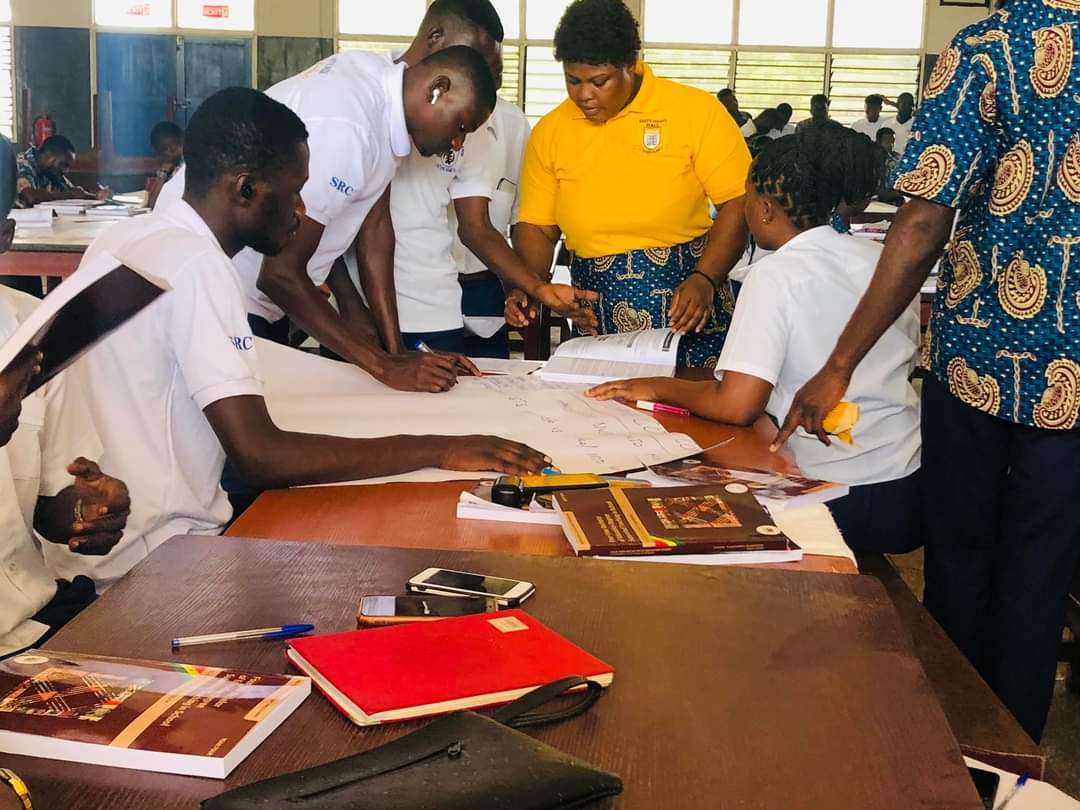If you found this helpful, follow me on Ferdinand Ellis for more updates and share to help out with the reach. I have a new WhatsApp channel you can join too: https://whatsapp.com/channel/0029Va8kqLX47XeFdyJ0nT3b
Scheme of Works
- Term 2 JHS 1 TO 3 Sample Weekly Scheme of Learning >> Download
- JHS 1 Social Studies Termly and Weekly Scheme of Learning >>>> Download
- JHS 1 Computing Termly and Weekly Scheme of Learning >> Download
- JHS 1 Science Termly and Weekly Scheme of Learning >>>> Download
- JHS 1 Ghanaian Language Termly and Weekly SoL > Download
- JHS 1 Career Technology Termly and Weekly Scheme of Learning > Download
- JHS 1 Mathematics Termly and Weekly Scheme of Learning > Download
- JHS 1 English Language Termly and Weekly Scheme of Learning > Download
- JHS 1 French Termly and Weekly Scheme of Learning > Download
-
Term 2: Nursery, KG to Basic 6 Weekly Scheme of Learning Download
- JHS 3 Second Term Scheme of Learning Download
- JHS 2 Second Term Scheme of Learning Download
Updates on Research Works
-
Simple Steps to Develop a Research Question in 2024
Understand These Key Terminologies when conducting subjectivist research (Qualitative) in 2024
40 Fully Funded UCL Research Excellence Scholarships (RES), United Kingdom in 2024
Why Some Student Research Works Don’t Make the Cut at Universities
Top Research Papers to Support Your PhDs in 2023
GTLE Past Questions
GTLE Literacy Practice Test -Part 2
GTLE Literacy Practice Test -Part 1
GTLE Numeracy Practice Test -Part 3
GTLE Numeracy Practice Test -Part 2
GTLE Numeracy Practice Test -Part 1
GTLE 2018 Solved Numeracy Questions -Part 3
GTLE 2018 Solved Numeracy Questions Hand Written -Part 2
Discover more from EducationGhana
Subscribe to get the latest posts sent to your email.









